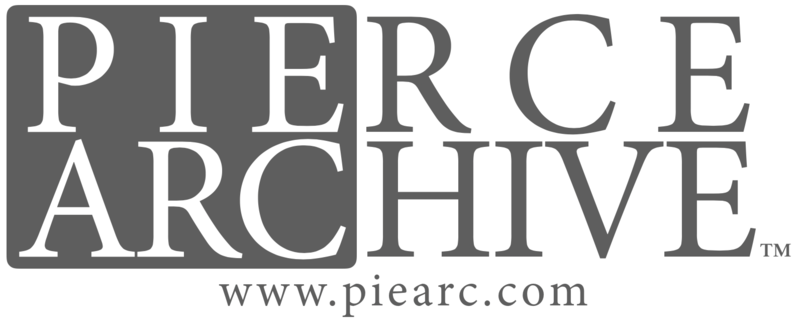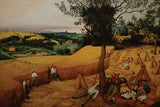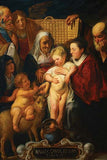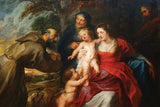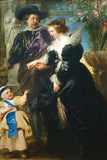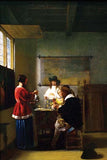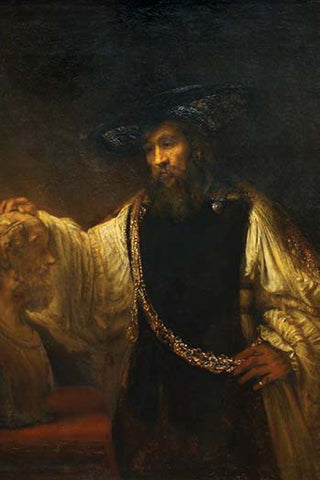
Aristotle With a Bust of Homer
This picture was painted in 1653 for the Sicilian nobleman Don Antonio Ruff (1610/11–1678) and sent from Amsterdam to his palace in Messina during the summer of 1654. Ruff was an avid collector; at his death he had 364 paintings, including a work by Van Dyck, "Saint Rosalie Interceding for the Plague-stricken of Palermo", now also in the MMA (71.41). Though he went out of his way to collect works by famous masters, Ruff rarely left Messina. He ordered this work through an agent, Giacomo di Battista, who did business with Cornelis Gijsbrechtsz, a wealthy Amsterdam merchant. Shortly after its delivery, the picture was recorded in Ruffo's inventory as a half-length figure of a philosopher, possibly Aristotle or Albertus Magnus. Based on this description, Giltaij concludes [see Ref. 1999] that Ruffo did not have a particular subject in mind when he made the commission, but probably asked for a half-length figure of a certain size. The dimensions given in the inventory are 8 x 6 palmi, equivalent to about 178 x 134 cm. (one palmi Romano was about 22.34 cm.) and considerably larger than the current dimensions of the painting. Kirby explains, however, that the dimensions in palmi used in the Ruffo inventories were inexact measurements meant only as a guide. X-radiography confirms that the painting is close to, if not exactly, its original size. In 1660, Ruffo commissioned a pendant for the Aristotle from the Bolognese artist Guercino (1591–1666), providing him with the desired dimensions and a sketch of the Rembrandt painting. In a letter to Ruffo of October 6, 1660, Guercino notes that "to accompany Rembrandt's which I judge to represent a Physiognomist, I thought it most fitting to make a Cosmographer . . . " Guercino's painting is now lost, but is known from a drawing in the Princeton University Art Museum.
We Also Recommend
